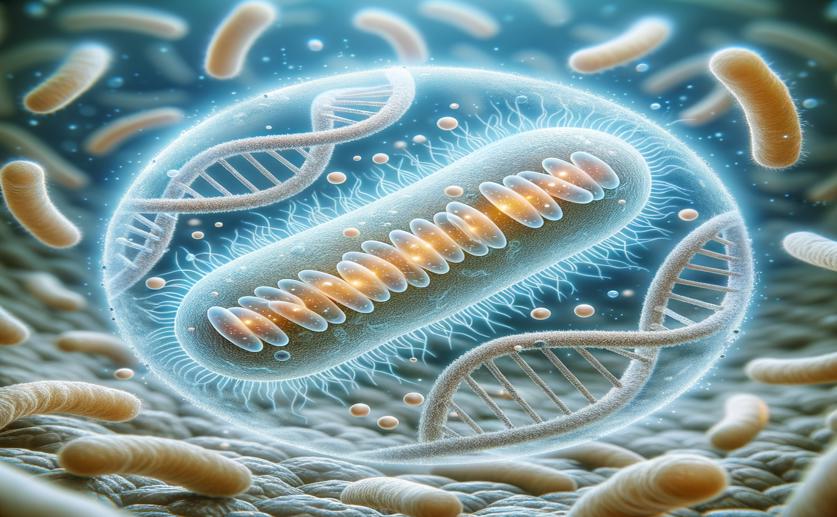
Unlocking the Genetic Secrets of a Bacteria's Glue Production
Jenn Hoskins
16th April, 2024

Image Source: Natural Science News, 2024
Key Findings
- Researchers in East China identified two bacterial strains that efficiently produce γ-PGA, a biodegradable polymer
- They pinpointed specific genes in these strains that are responsible for the synthesis and breakdown of γ-PGA
- The study's genetic analysis may lead to improved methods for the sustainable production of γ-PGA
References
Main Study
1) Genomic characterization and related functional genes of γ- poly glutamic acid producing Bacillus subtilis
Published 15th April, 2024
https://doi.org/10.1186/s12866-024-03262-z
Related Studies
2) Poly-L-gamma-glutamic acid production by recombinant Bacillus subtilis without pgsA gene.
3) Recent Advances in Microbial Synthesis of Poly-γ-Glutamic Acid: A Review.
4) pH-dependent hydrolase, glutaminase, transpeptidase and autotranspeptidase activities of Bacillus subtilis γ-glutamyltransferase.



 8th March, 2024 | Jim Crocker
8th March, 2024 | Jim Crocker